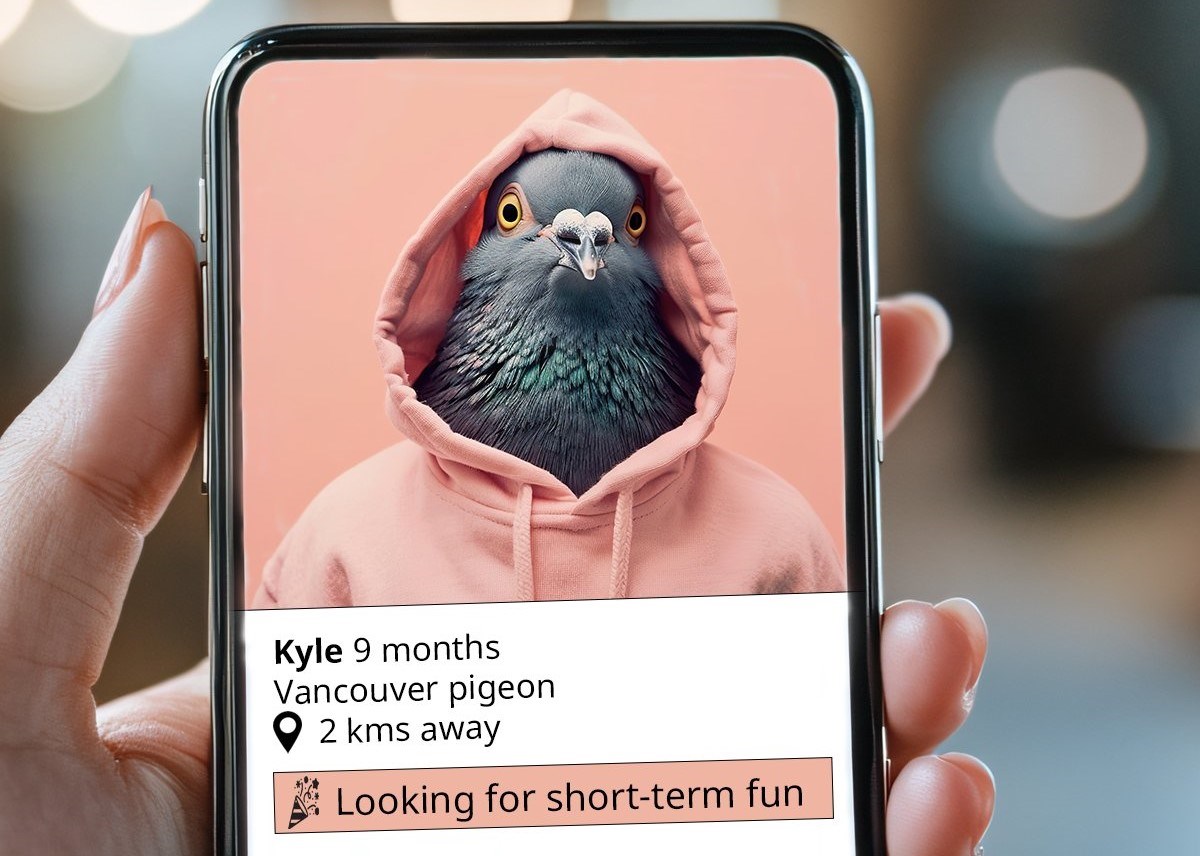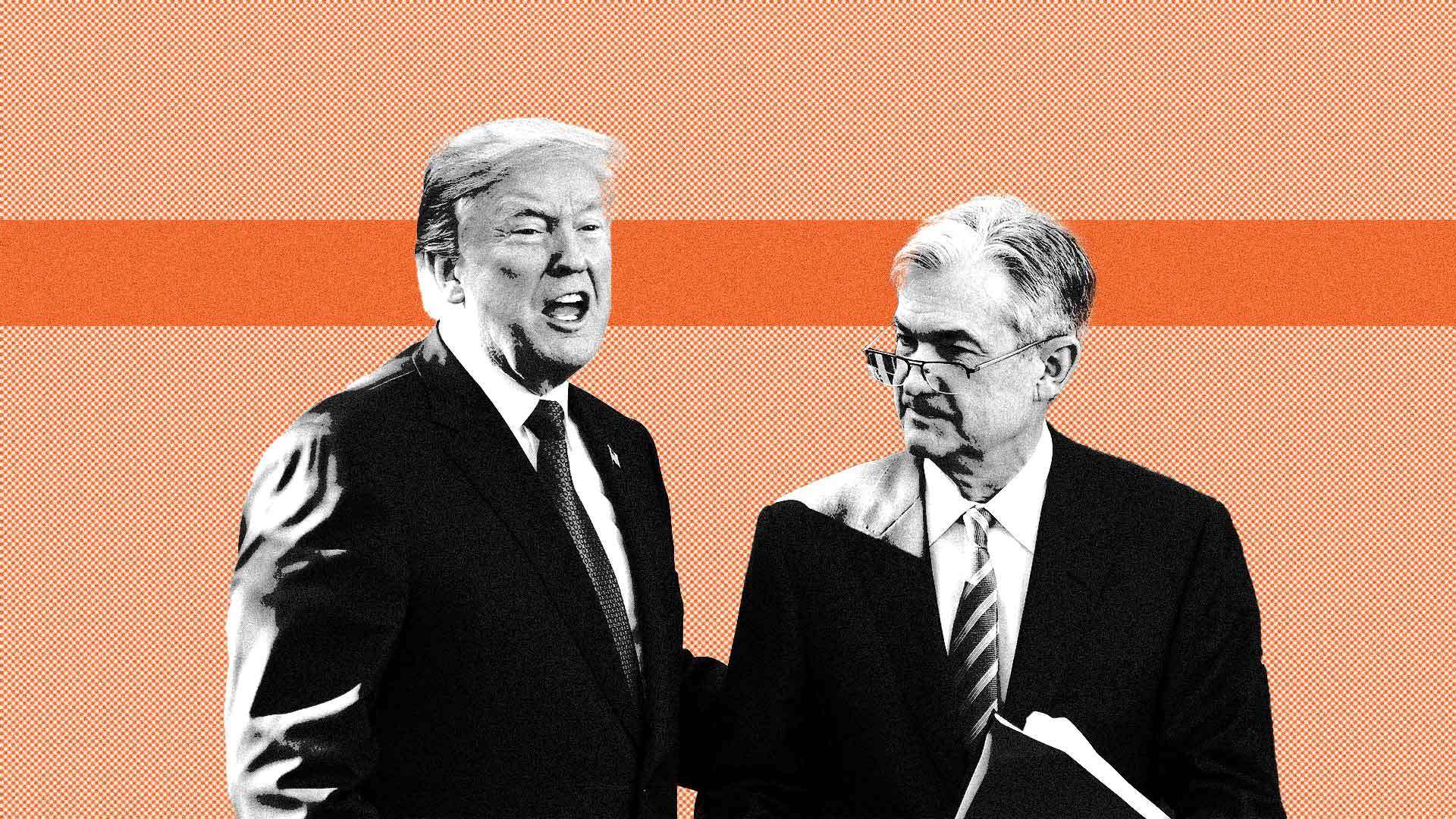Oregon leaders go to bat for ballpark but skeptics say ‘the finances don’t make a lot of sense’

Jim Scherzinger counts himself a lifelong baseball fan. He finds the notion of a ballpark on Portland’s South Waterfront enchanting. “I love baseball,” Scherzinger said. “That’s the sport I played when I was young.” But Scherzinger, who had a long career crunching numbers for public agencies at every level of Oregon government, says the numbers being tossed around to fund a prospective major league stadium don’t add up. “I just don’t see how it pencils out. Maybe they know something I don’t know, but they’re not saying what that is,” said Scherzinger, who ran Oregon’s Legislative Revenue Office for 14 years. The Portland Diamond Project plans to divert income taxes from players’ salaries to repay bonds, aiming to generate $800 million toward the cost of a $2 billion ballpark at the west end of the Tilikum Crossing. Their proposal is racing through the state Legislature with bipartisan support and backing from Oregon’s governor, Portland’s mayor, the state treasurer, Multnomah County officials and many in the private sector. They note the money would come from taxes on players – not from city coffers or the state’s general fund – and assert the project wouldn’t cost the public anything. That’s fine as far as it goes, Scherzinger said. But he’s concerned the ballpark’s backers are overestimating how much money the players will earn and underestimating the interest rates the bond will have to pay. That could leave the plan hundreds of millions of dollars short, Scherzinger estimates. He’s concerned, too, that baseball’s economics might change considerably over the life a 30-year bond, reducing both salaries and the associated tax revenue. The ballpark’s supporters say they’re confident in their financial projections but acknowledge considerable uncertainty around interest rates and salaries. If there are shortfalls, they say it would be up to the baseball team to make up the difference. Portland’s bid faces many other obstacles. The soil on the ballpark site — the former Zidell shipyard — may be polluted, and the riverfront property would be vulnerable to earthquakes. Local backers have yet to name an ownership group to lead their bid. Nike’s Phil Knight and Columbia Sportswear’s Tim Boyle both say they are not involved. If there are reasons to doubt Portland’s major league prospects, though, Scherzinger said Oregon doesn’t have a lot to lose by trying. Senate Bill 110 commits no public funds beyond those generated directly by income taxes levied on players and a team’s staff, so he said the Legislature should push ahead and challenge the project’s backers to find a way to resolve the economic and logistical impediments. “If it doesn’t work out, it doesn’t cost anything,” Scherzinger said. “I probably would vote yes on the darned thing even though I think the finances don’t make a lot of sense.” Taking stock of ‘jock tax’ Oregon pursued a similar funding model 22 years ago in a prior, unsuccessful effort to woo Major League Baseball. Legislation passed in 2003 allocated $150 million in taxes from baseball payrolls to ballpark construction, a so-called “jock tax” that was never collected because the major leagues bypassed Portland. Over the ensuing decades, Portland boosters and baseball enthusiasts never stopped nurturing their dream of fields. The latest proposal was a surprise cooked up by the Portland Diamond Project and their allies in the Legislature, who sought to revamp the 2003 legislation to account for the subsequent rise in player salaries and stadium costs. Backers surprised observers when they made their pitch at a committee hearing last month. That “was the first we heard they had a bill,” said John Calhoun of Tax Fairness Oregon, who opposes the legislation. He said backers overstate the economic impact of a potential ballpark, arguing that fans will shift their discretionary spending away from other local amenities to baseball. Still, Calhoun said the Portland Diamond Project has done an exceptional job lining up support. “It’s just a very well-done lobby effort,” he said. “I give them my respect.” Oregon has one of the highest personal income tax rates in the nation, topping out at 9.9% for high earners. The state’s business lobby often cites that high rate as an impediment to attracting investment to Oregon. With the ballpark plan, boosters turn that logic on its head. Oregon’s high tax rate increases the amount the state can collect on players’ salaries without raising tax rates or levying a new tax. The state’s income tax applies to visiting teams, too, which greatly increases potential revenue from the tax. A bipartisan coalition in the state Senate voted overwhelmingly in favor of SB 110 last week. It now awaits a vote in the House. Gov. Tina Kotek says she supports the legislation. Just how much money is available, though, is a matter of some debate. Studies commissioned by the Portland Diamond Project — the private group spearheading the baseball recruitment effort — say their calculations indicate the taxes would be able to generate $800 million with a 30-year bond. Backers and state officials, including Oregon Treasurer Elizabeth Steiner, insist that Senate Bill 110 insulates the state if the actual tax revenue doesn’t meet targets. “If MLB does not award the team to Portland, the bonds don’t get issued,” Steiner said. “What we need now is this legislation to just make it possible.” A lot hinges on interest rates, a wonky topic that could make or break Portland’s future in baseball. “That, for sure, is the biggest potential big swing,” said Mike Wilkerson, a Portland economist consulting on the project. Federal law currently allows local stadium authorities to issue tax-exempt bonds with lower interest rates, which could save hundreds of millions of dollars. But a tax overhaul now working its way through Congress could upend that. And the Trump administration’s trade war may spark a fresh round of inflation, which could prompt the Federal Reserve to raise interest rates and keep them high for an extended period. Many other factors could change the economic environment during the bidding process for an expansion team. “Looking out two or three years from now, where are rates going to be? Very hard to know,” Wilkerson said. But if the money from the bonds comes up short, he said it would be on the team’s owners — not the taxpayers — to cover the difference. While the Portland Diamond Project says it won’t tap city or state general fund dollars for a ballpark, they leave open the possibility of seeking public funds to improve transportation around the South Waterfront or make other infrastructure improvements. They say other funds, like parking or ticket license fees, might be used to backstop the bond. And once the bonds have been paid off, many years in the future, supporters have floated the idea of making lease payments on the ballpark instead of paying property taxes. Missing from lineup Major League Baseball has been nurturing plans for several years to expand from 30 teams to 32, the same number the NFL and NHL field. The NBA also plans to expand by two teams, to 32. Baseball expects to name its expansion cities in 2028 or 2029 and begin play a few years later. The new owners will have to pay billions of dollars in expansion fees to the league’s current owners for the privilege of joining their club. Commissioner Rob Manfred said in December the league wants one team in the eastern U.S. and another in the West, to reduce travel and keep a constant supply of games in each time zone. Manfred said public dollars for a new or renovated ballpark is “very, very important.” And he wants a “strong local group” to own each new team, anchored by one person. Portland fits some of those criteria well but not others. It’s the largest U.S. metro area with just one franchise (the Trail Blazers) from the four big sports leagues. And Portland is a large media market in the western U.S. close to potential rivals in Seattle and San Francisco. Portland’s chief rival may be Salt Lake City, which is a much smaller TV market. But Utah is a fast-growing state that already has a site picked out, a funding package in place and a local resident leading its bid — Gail Miller, former owner of the Utah Jazz. Last year, Miller and her family bought controlling stakes in Salt Lake City’s men’s and women’s soccer teams. Oregon has just a few local billionaires with the financial wherewithal to pursue a major league franchise. Dutch Bros Chairman Travis Boersma did not respond to messages about his interest but Nike co-founder Phil Knight told The Oregonian/OregonLive that he is not involved in efforts to bring baseball to Portland. Columbia Sportswear CEO Tim Boyle, who joined the Portland Thorns’ new ownership group last year, said he hasn’t been contacted about baseball but wouldn’t invest in a local franchise regardless. “I really like baseball,” Boyle said, but he thinks Major League Baseball’s economics make it difficult to field a competitive team in midsized cities like Portland. “It’s too small a market,” Boyle said. Women’s sports are a better fit for Portland, he said, because it costs less to field a team and less to attend a game. And Boyle, whose company sells outdoor apparel, said baseball would have to compete with other recreational activities that draw people to the region. “Oregonians, frankly, like to be outside skiing or boating,” he said. The Portland Diamond Project says it has already spent “tens of millions” pursuing a team but hasn’t identified who, specifically, is providing that money. And it is cagey about whether it has anyone lined up – local or otherwise – to lead its bid. “The ownership structure has changed and tweaked a little bit,” said Craig Cheek, a former Nike executive who founded the Portland Diamond Project. He says a Portland franchise would seek funding from private equity investors, celebrities like NFL quarterback Russell Wilson and his wife Ciara (who have played a loose role in Portland’s pursuit of baseball since 2018), and some other owners. “It’s premature to have our full bench set and too early to share names beyond what we’ve already publicized,” Cheek said. He said organizers might have more to say later this year or in 2026. Home field’s advantage? In past years, when baseball has considered relocating an existing franchise, Portland has served as little more than a stalking horse — an alternative floated in the media as owners sought to extract public funding from wealthier cities looking to retain or attract a team. This time out, backers insist Portland is not just a useful idiot for the league. “In terms of the authenticity of Portland as a market and being a viable market, we actually feel very good about our prospects,” Cheek said. Supporters picture a state-of-the-art ballpark with a retractable roof, the upper decks rising to give a sweeping view of Mount Hood and the Willamette River. They envision sluggers hitting home runs over the stands and into the river, just as Giants batters hit balls into San Francisco Bay. Business leaders and civic boosters say baseball could remake Portland’s image, helping it overcome the urban blight that followed the pandemic and slowed the city’s economic and cultural recovery. “This is our moonshot. It is an opportunity to compete for a transformative economic project,” said Andrew Hoan, CEO of the Portland Metro Chamber. He envisions Portland being featured on baseball telecasts all over the country, with a waterfront ballpark serving as a beacon attracting visitors, businesses and new residents to the city. “Does it create civic pride? Yes, I’m sure it would help given that Portland has had, you would say, a rough decade,” said Judith Grant Long, a sports management professor at the University of Michigan who has written extensively on ballpark economics. “Ballparks are beautiful venues,” she said. “This would look pretty on the river, there’s no question.” But she and many other economists say teams and leagues commonly overstate the tangible impact from professional sports. “It’s very difficult for a sports venue project to deliver economic benefits that match the initial public outlay,” Long said. Oregon’s plan to tax player salaries to pay for a ballpark is inventive, she said, but most of the benefits from the stadium would cycle back to the franchise’s owner. And she, like Scherzinger, is skeptical that player salaries would generate enough tax revenue to hit the $800 million figure. “I think the devil here is in the details,” Long said. “It’s not clear to me that the marginal tax rate will yield enough in terms of annual payments to service $800 million in bonds.” There are other issues, too. Baseball used to be America’s pastime, but Long said many of today’s biggest fans are in older generations. Fading popularity could limit the sport’s audience over the next 30 years and, constraining player salaries and the taxes they generate. “They’re in a demographic challenge, which I think is pretty well known. They are losing their fanbase,” Long said. “They’re facing an increasingly diversified set of competition for sports, including, by the way, growth in the popularity of women’s sports.” And significantly, players have a big incentive to structure their contracts to reduce their tax liability. For example, star player Shohei Ohtani structured his $700 million contract with the Los Angeles Dodgers to pay most of the money in the future — when he may no longer live in California. The state estimates that could cost California $90 million in income taxes. “In any case where you’re introducing new taxes into the marketplace, the marketplace responds by trying to find ways to get around the taxes,” Long said. The ballpark site itself faces major challenges. The Zidell Yards site south of downtown is the latest in a series of locations the Portland Diamond Project has pursued. Plans displayed before the Legislature show a stadium squeezed in between the Tilikum Crossing and the Ross Island Bridge. Even supporters recognize construction will be difficult logistically, and therefore more expensive, because there is little room around the site. They acknowledge, too, that the riverfront site has seismic issues, which will present an engineering challenge since it is in a liquefaction zone vulnerable to strong earthquakes. “We’re discovering the complexity of the site,” said Cheek, the Portland Diamond Project’s president. And though the ballpark site is well served by streetcar, light rail and bus, the South Waterfront is already difficult to reach by car. Add 32,000 fans on gameday and traffic figures to be crazy. Many Portlanders might be happy to walk, bike or take public transportation to the game. But professional franchises depend on fans coming from outside the immediate area, too, and people in Vancouver, Eugene, Bend or Medford might be turned off at the notion of driving to Portland to see a game — and then having to park some distance away and take transit to the ballpark. The Portland Diamond Project says it’s working on all these issues. The important thing now, they say, is to keep the process moving forward and to give baseball’s supporters time to work out the challenges. “We want to be building a head of steam coming out of ’25 into ’26,” Cheek said. He said the Portland Diamond Project wants to have all the pieces in place by next year, anticipating that’s when Major League Baseball will get serious about selecting expansion sites. “We’re kind of on an 18-month sprint right now to do that,” Cheek said. Matthew Kish and Carlos Fuentes contributed to this report. -- Mike Rogoway covers Oregon technology and the state economy. Reach him at mrogoway@oregonian.com. Our journalism needs your support. Please become a subscriber today at OregonLive.com/subscribe



















